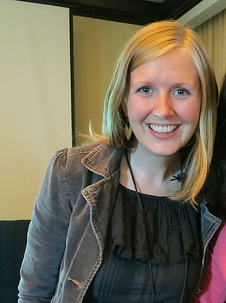 Jen lives and works in the Boston area, where she freelances illustration and teaches art at a local college. She received her BFA in Painting from the University of Central Florida, her MFA in Illustration from Syracuse University, and learned amazing things about illustration at the Illustration Academy.
Jen lives and works in the Boston area, where she freelances illustration and teaches art at a local college. She received her BFA in Painting from the University of Central Florida, her MFA in Illustration from Syracuse University, and learned amazing things about illustration at the Illustration Academy.
She loves working in watercolor, solving visual problems, and seeing a story come to life by creating images for it. Her work has appeared in CMYK, 3×3 and Illustration West, where she won third place for the Children’s Market category in 2010.
She also won the SCBWI Mentorship Award in 2012, and joined the KidLitArtists.
Here is Jen explaining her process:
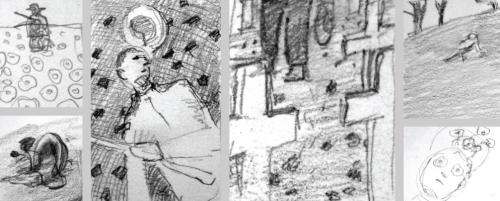 I begin with small “thumbnail” drawings, which I use to develop ideas and composition.
I begin with small “thumbnail” drawings, which I use to develop ideas and composition.

This process continues until I settle on a concept and composition, and these two elements are interdependent. For this piece, the idea that the soldier was already in his grave, disappearing into the flowers, led to certain visual solutions.
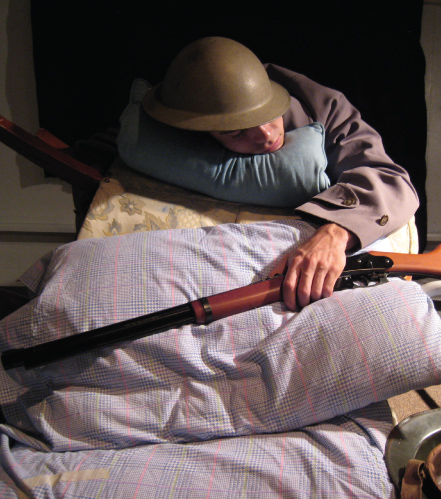
After developing the composition, I took reference photos.
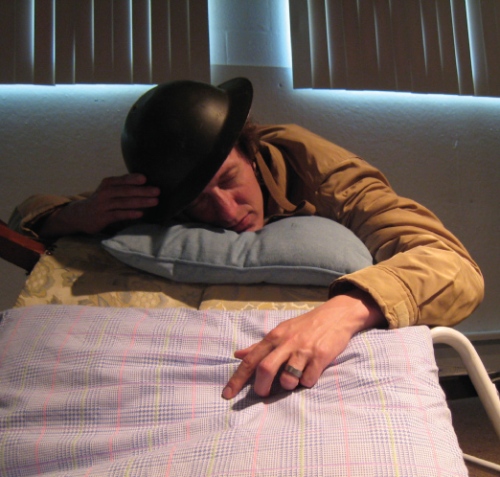
Reference photo – this is fellow illustrator Charlie Griak!
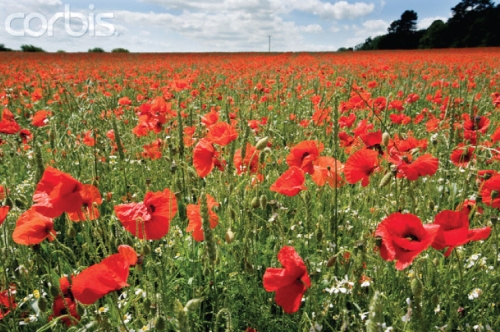
Reference photo for the poppies: Since antiquity, poppies have been associated with sleep and death, due to their connection to opium and morphine. During World War 1, fields were often red with flowers growing where men had died, because poppies grow well in disturbed soil, such as on fresh graves or battlefields. Image copyright Corbis.
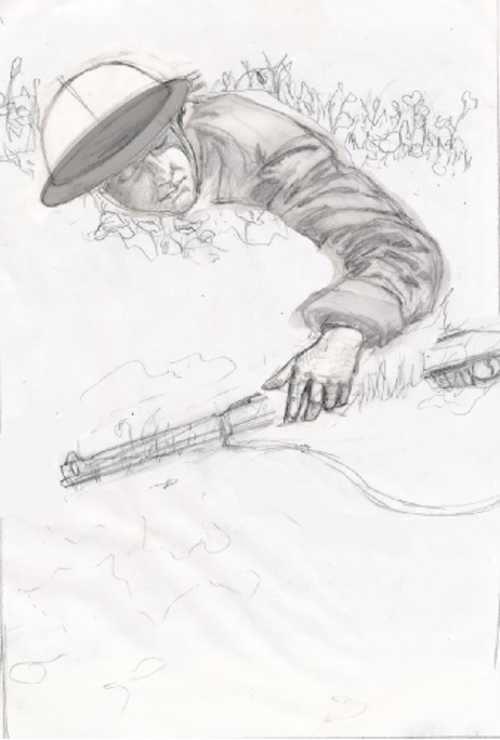
Finished sketch.
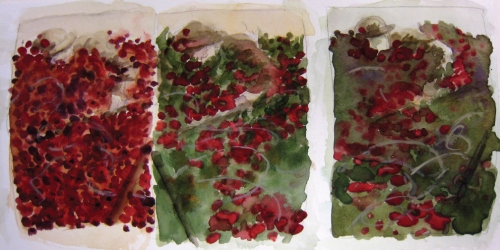
Color studies. Before moving on to the finished painting, I figure out what the color scheme will be on a small scale.
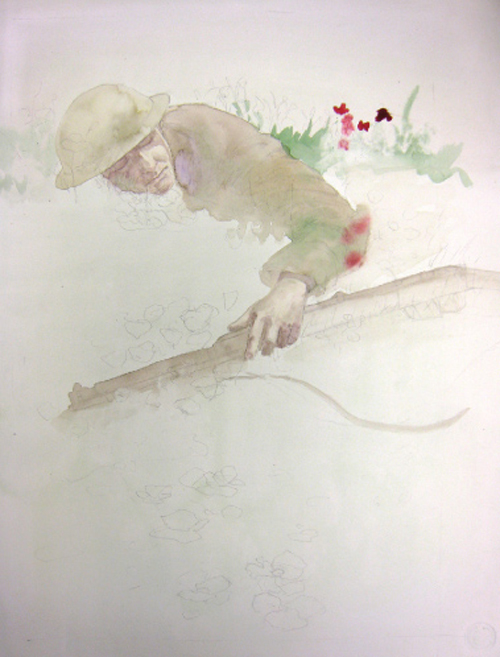
Start of the painting. First I put down a light green wash, and then laid down the light colors of the soldier’s clothes, gun, and painted his face and hand.
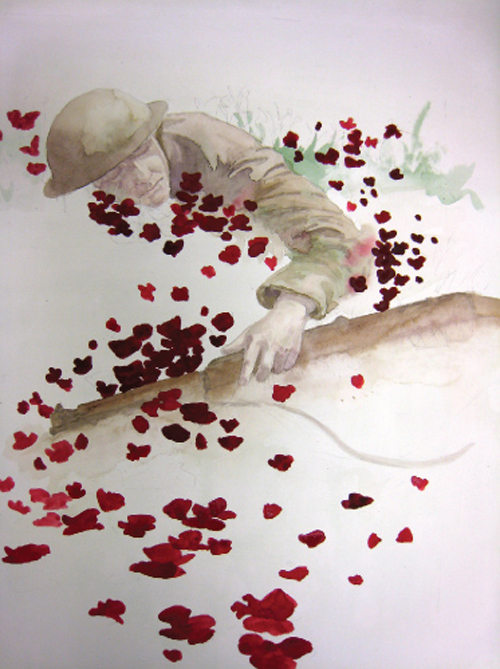
For the next stage, I painted in the shadow portions of the figure, and started to lay down some of the poppies. The poppies were painted with heavily pigmented watercolor, so that the flowers would bleed and run when a wash was painted on top of them.
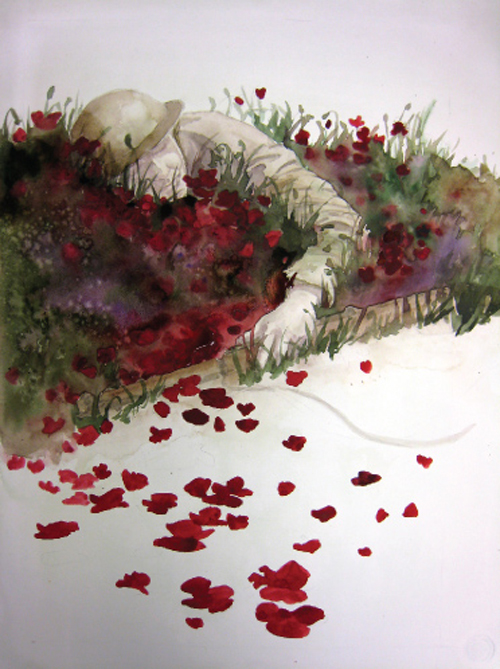
Next, I painted the first section of the grass and flowers. This was painted very wetly, and I used a spray bottle to add texture to the wash.
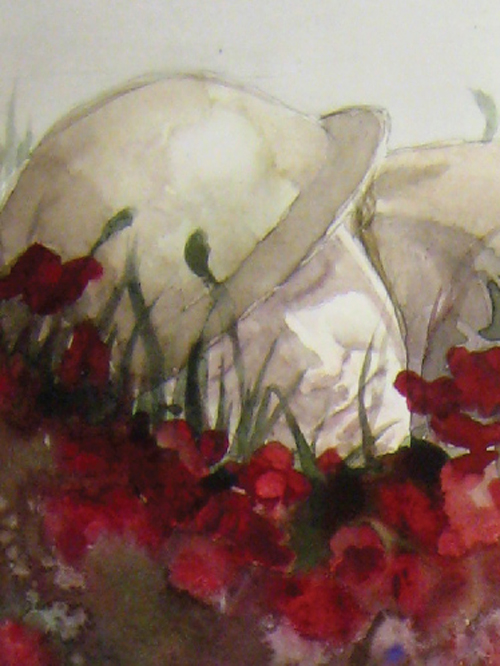
Here is a detail of the face. It was a little nerve-wracking to paint the flowers over it, since if I messed it up I would have to redo the entire painting.
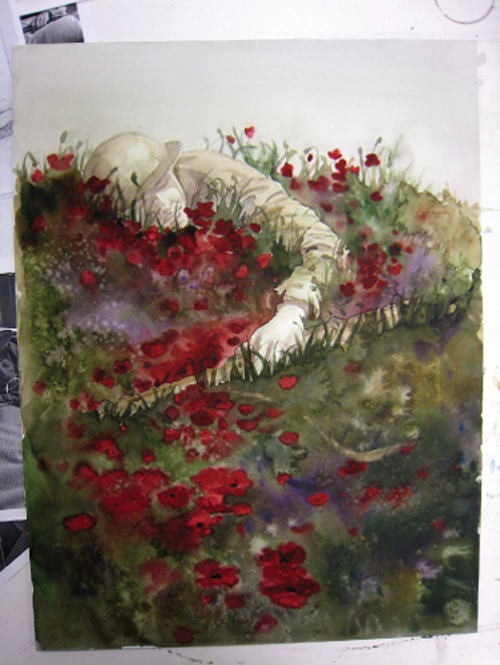
The completed wash. In this photo you can see a little bit of the reference photos – I kept them right next to the painting while I worked.
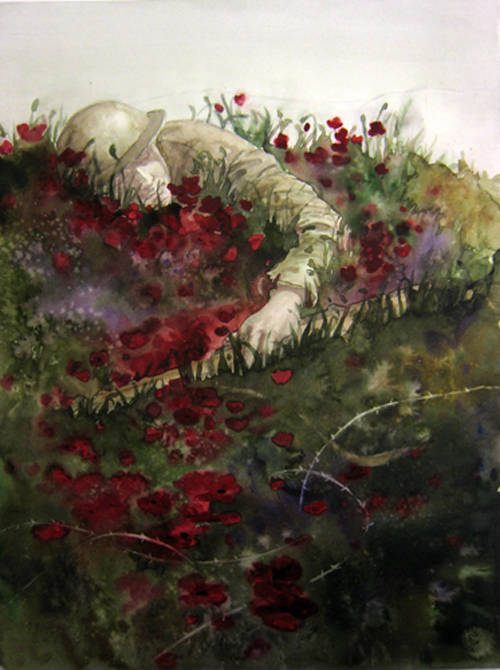
I used a damp brush to lift paint out of the wash to create the barbed wire.

Finished! The last touch was painting in the barbed wire at the top.
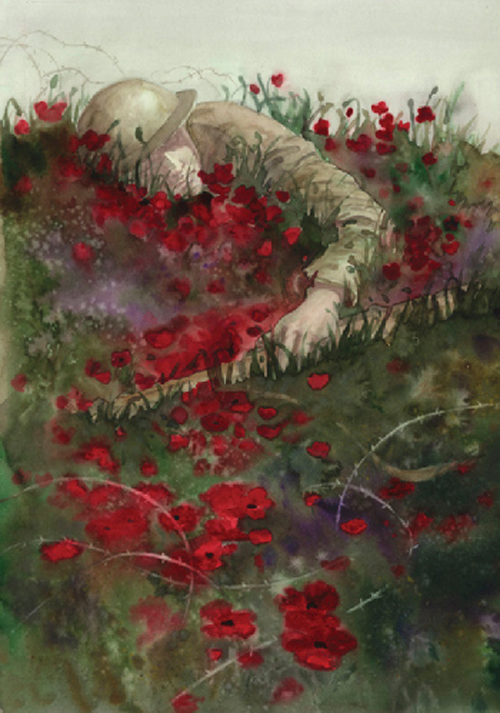
How did you end up in California after attending the University of Central Florida for your BFA?
My husband got accepted to grad school, so we migrated across country. However, I’m actually from California originally.
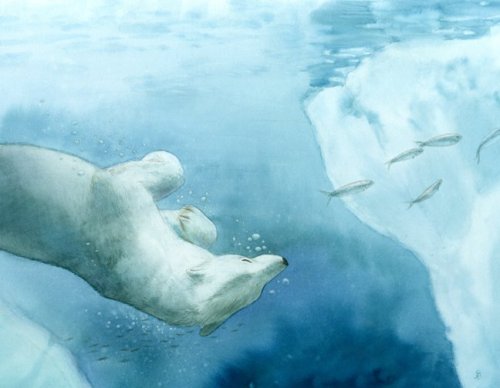
What types of classes did you take that really helped you to develop as an illustrator?
The Illustration Academy was amazing (www.illustrationacademy.com). It is an immersive summer program where you get to work with an amazing set of illustrators (Anita Kunz, Sterling Hundley, Mark English, Jon Foster, Gary Kelley, George Pratt, C. F. Payne, John English, Brent Watkinson). I saw incredible personal growth after attending.
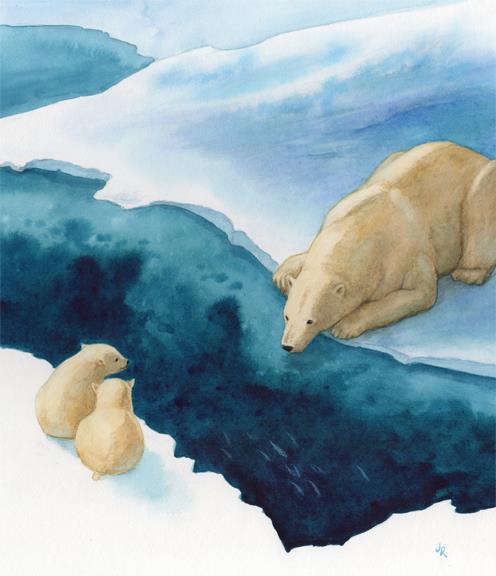
Did you go directly from college to get your MFA in illustration at Syracuse University?
Almost. I transitioned from fine art to illustration for one year in between. I attended classes at Ringling College of Art and Design as a non-degree seeking student, and spent the summer at the Illustration Academy before going to Syracuse.
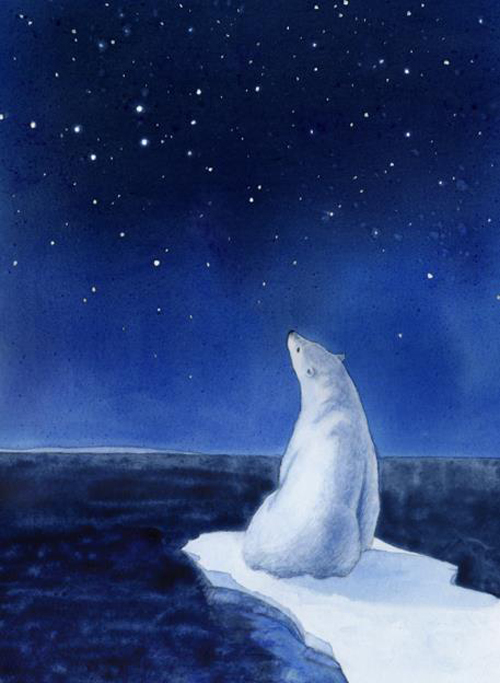
Can you tell us a little bit about the MFA program there?
Syracuse has a 3 year MFA program, which I attended, but it also used to have a summer intensive where you were taught by a lot of guest artists. That was great – to have the ongoing instruction and continuity of the wonderful full time faculty, but also be able to participate in the summer courses where I got to work with some amazing visiting illustrators. Syracuse is also not that far from New York City, and I went there about once a semester.

What did attending the Illustration Academy bring to the table?
They have a very different instructional environment, in that the teachers are not just there for a few hours while you learn and paint, but they are there all the time – when you are working on your piece at 9pm at night, one of the teachers is there too, and can help you if you need. It’s intense, because you are producing a new piece every week, but it is also nice to just have one project at a time to focus on, and nothing else. And like a lot of intense situations, it forces you to grow!
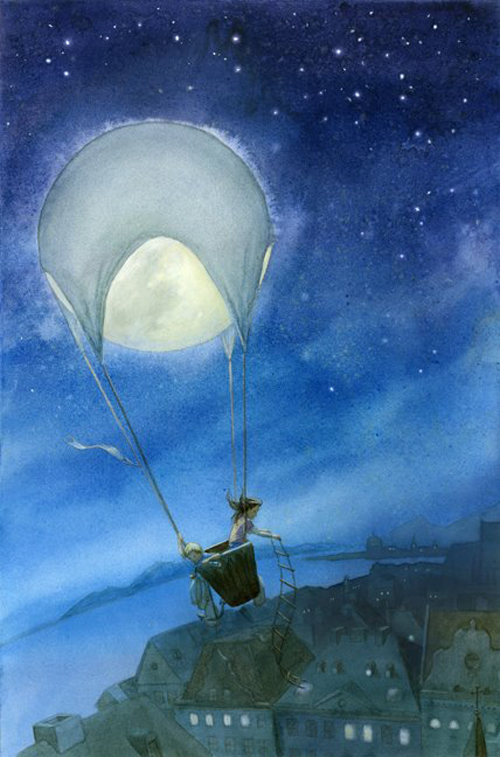
Did you always tend to lean towards using watercolors for your illustrations?
Yes, my mom got me art classes when I was ten. I was too young to use oil and my teacher didn’t like acrylics, so I learned pastels and watercolor. At first I didn’t like it, but it quickly grew on me – I love the happy accidents and textures you get with watercolor. I’ve tried other media, and enjoyed them, but I keep coming back to watercolor.
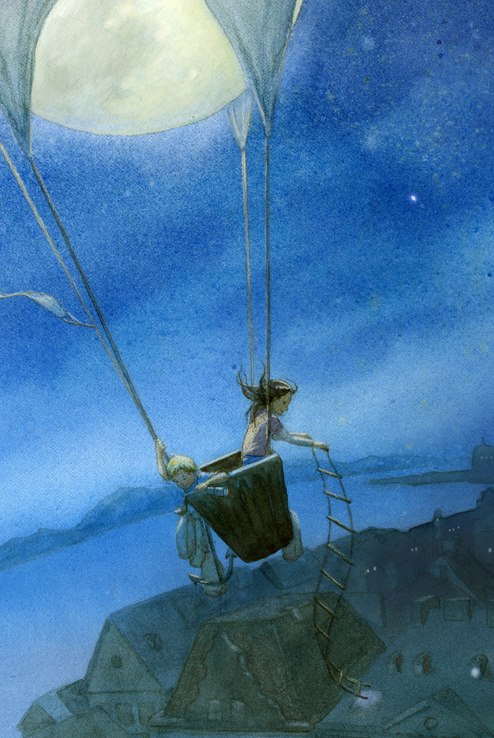
Are you open to working with self-published authors?
Not at the moment.
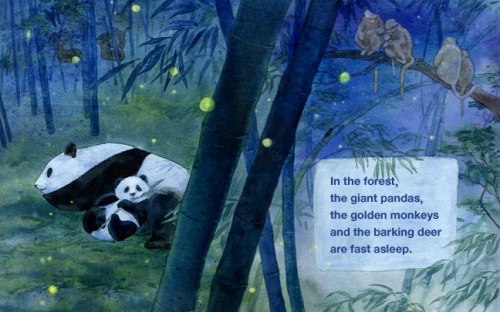
What was the first things you did that you got paid to do?
I think I sold a collage when I was in high school.
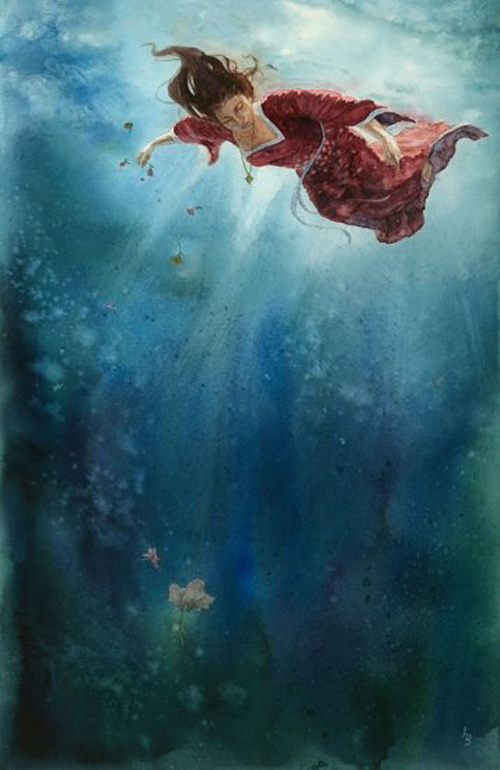
What is Illustration West?
It is a term that the Society of Illustrator’s Los Angeles uses for their annual competition and show.
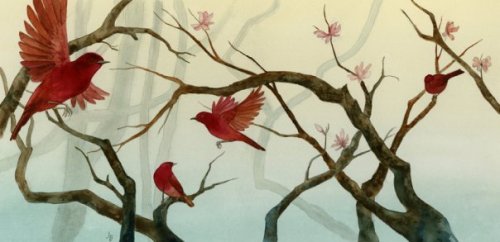
What piece won you third place in the Children’s Market category?
The underwater polar bear.
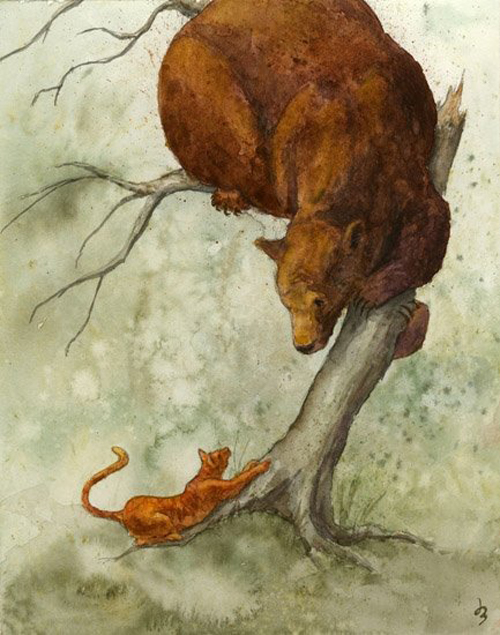
Is their contest open to everyone?
Yes, it is like most other illustration competitions – you pay to submit and is open to everyone.
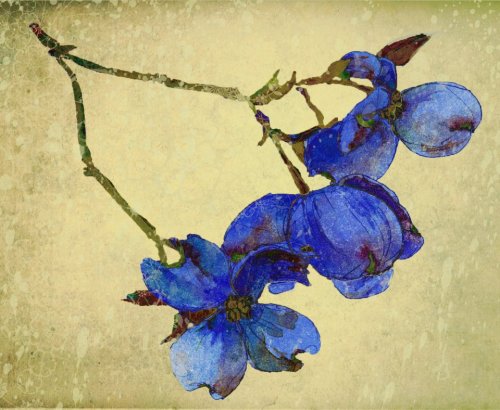
How long have you been illustrating?
If you count school, then since 2005.

What types of things do you do to get your work seen by publishing professionals?
I enter the big competitions, I send out postcards, and this year I’m going to the SCBWI conferences.
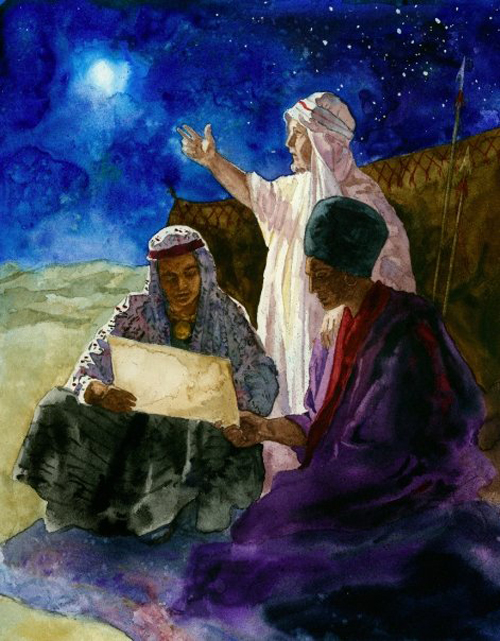
Have you ever tried to write and illustrate your own story?
That is something new I’m working on. I have one completed dummy book for a story I wrote, and a few other story ideas I’m developing.
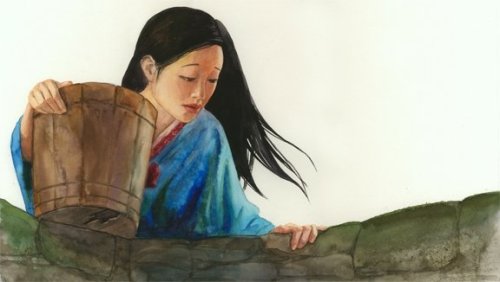
Do you have an agent? If so, who and how long have they represented you? If not, would you like one?
I do not have an agent and yes, I would like one.
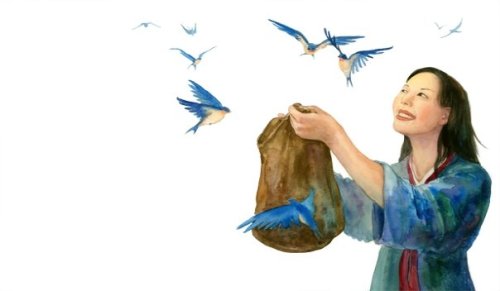
Do you want to concentrate on being a children’s picture book illustrator?
Yes, although I like Middlegrade and YA too. Bookcovers would be fun.
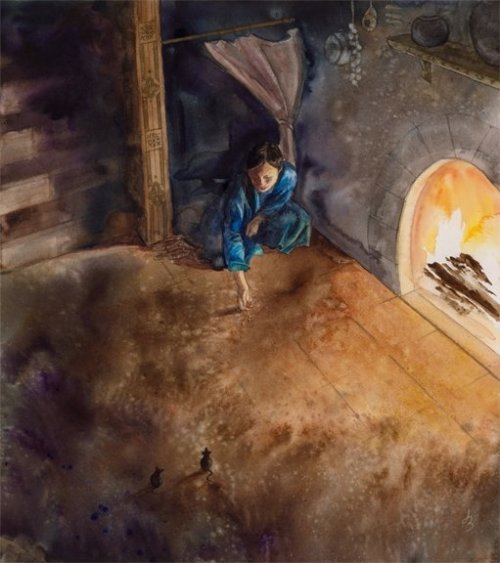
Have you made a picture book dummy to show art directors, editors, and reps.?
Yes, I’ve done a couple dummy books.
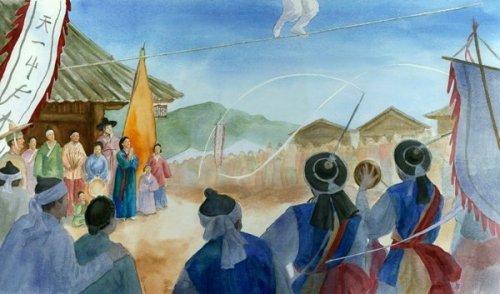
I see the you belong to KidLitArtists.com. How did that come about?
KidLitArtists.com is the website for winners of the SCBWI Mentorship Award. Every year at the LA conference, five illustrators are chosen from the portfolio competition for the Mentorship Award. You get individual critiques from the mentors, and you join the KidLitArtists (past and present mentees). It’s a wonderful, insightful event, and you join such a warm, supportive group of peers. I was fortunate to be picked for the award this past summer.
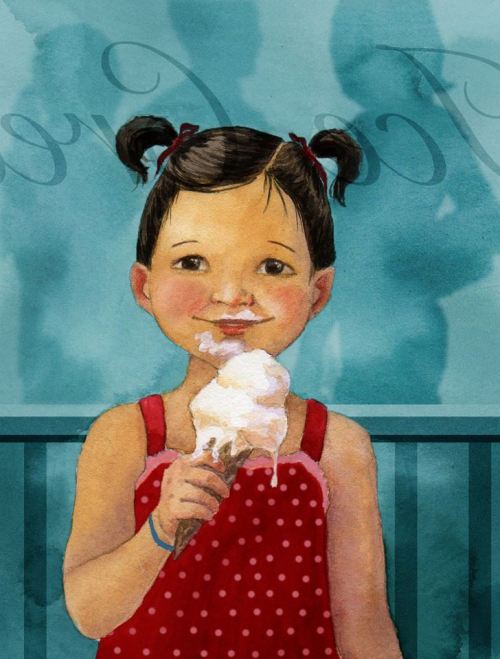
In your e-mail, you mentioned that you were attending the SCBWI Winter Conference in NYC. How do you prepare for attending something like that?
I did a new piece for my portfolio, reorganized my portfolio book. You never know who is going to see it at the portfolio exhibition, so you want it to be as polished as possible. I’m packing a bunch of postcards and business cards, and hoping to get my website updated before I leave. I also recommend reading the bios for the speakers you are going to see. If you bump into any of them, it’s good to have a conversation topic. I also bring a sketchbook to put notes and thumbnails in – I got a lot of ideas at the last conference! Also have a spot to store other people’s cards – you’ll collect quite a few. And finally, I’m bringing Shaun Tan’s The Arrival, since he’s going to be doing a book signing.
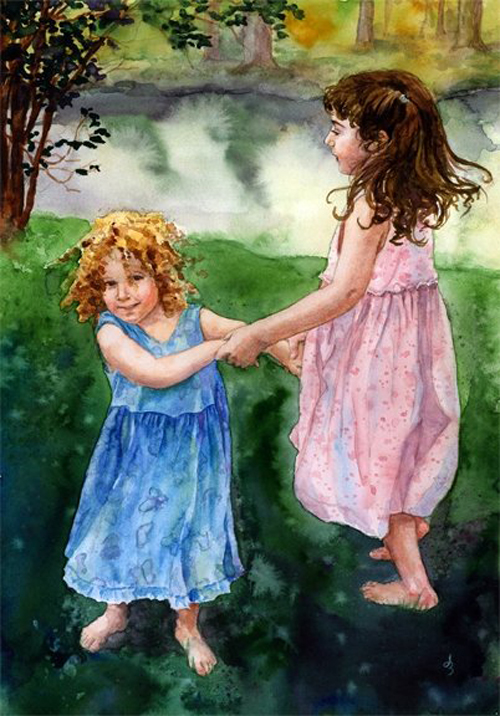
Have you seen your style change since you first started illustrating?
Yes, although it’s had a consistent direction.

Have any of your college connections ended up helping you get work?
Not directly: although they helped me get a number of connections, none of those directly led to work.
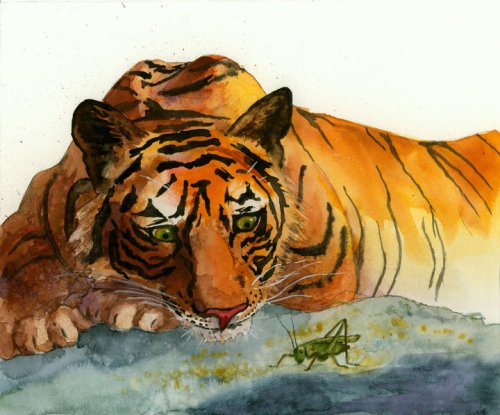
Have you had any of your artwork published?
Yes, I’ve done some zoo advertising work.

Do you use Photoshop in your work?
Sometimes. Usually it’s just color corrections, but sometimes I use it quite a bit, like in the Ice Cream painting I did – the background is all Photoshop. I also have some non-children’s book pieces I’ve done that are all Photoshop over graphite, but it is a very different style.
What about a graphic tablet? Do you own one?
No, I don’t. I would if I did a lot of drawing and painting on the computer, but I learned to digitally paint using a mouse, and I still use it most of the time.
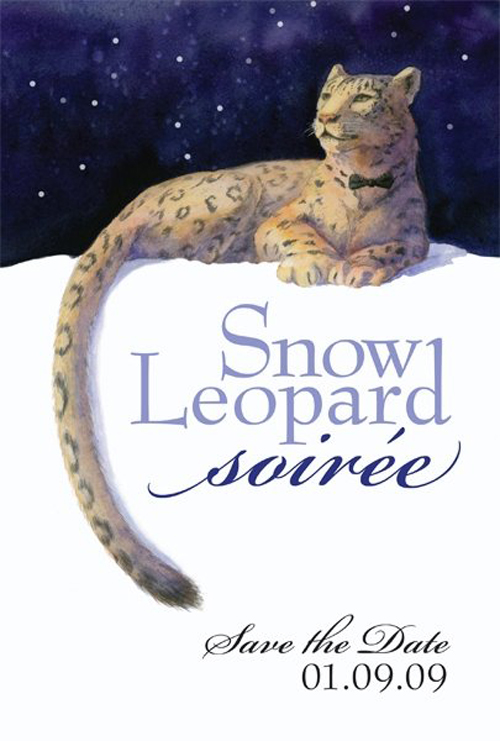
Do you own a graphic tablet?
No, I don’t. I would if I did a lot of drawing and painting on the computer, but I learned to digitally paint using a mouse, and I still use it most of the time.
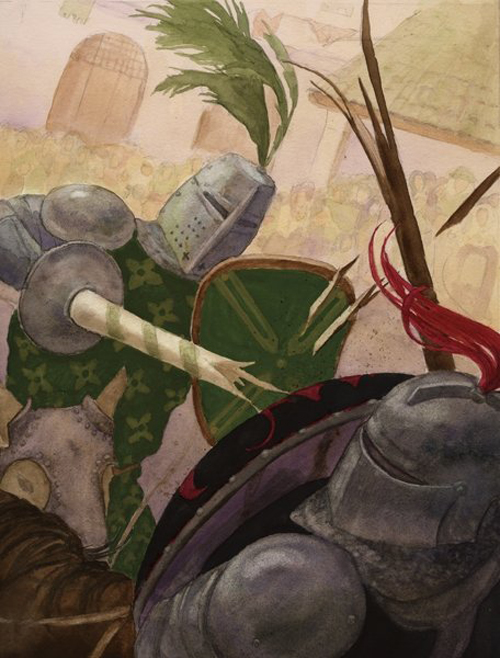
Is there anything in your studio, other than paint and brushes, that you couldn’t live without?
Strathmore 500 illustration board! I love it.
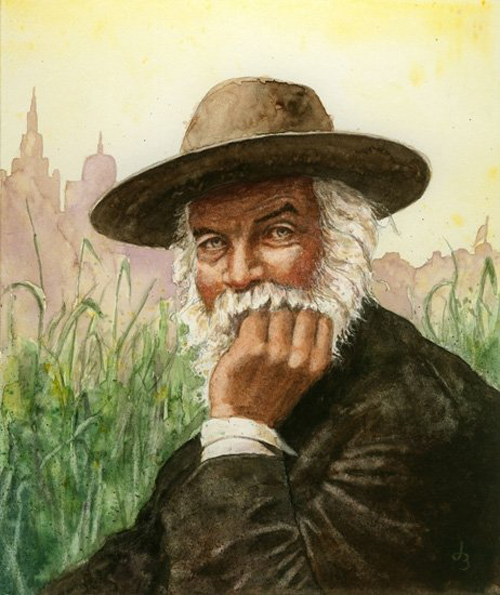
What are your career goals?
I’d love to get into the Original Art Show someday.
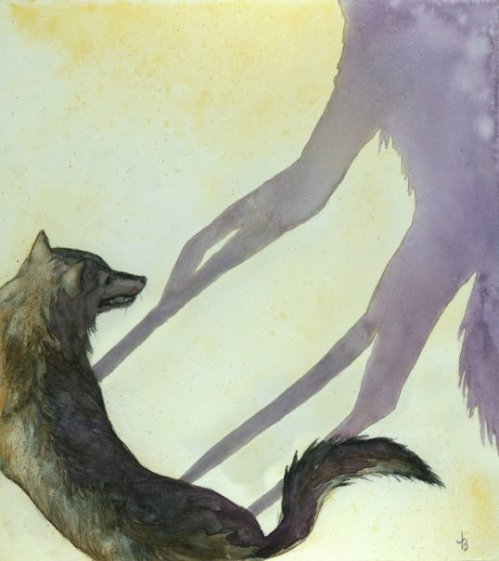
Are there any painting tips (materials, paper, etc.) you can share that work well for you? Technique tips?
I always paint on Strathmore 500 Illustration Board, vellum finish. It reacts to watercolor in a very different way than traditional watercolor paper. It makes it much easier to build dark colors, but it also lifts very easily, so there is a trade-off because it is much harder to layer your color. I also use a spray bottle with water, instead of salt, for when I want to acheive light spots. Water drops give you a wider range of effects, depending on how moist the wash is at the time you apply them.
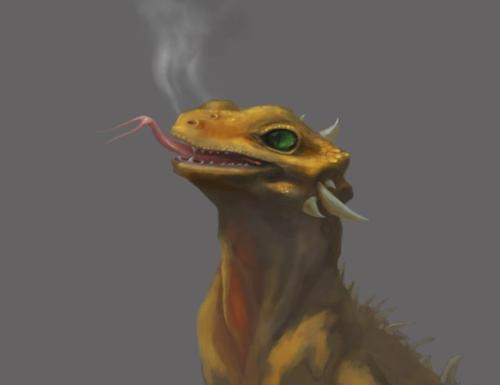
Any words of wisdom you can share with the illustrators who are trying to develop their career?
Be persistent! Work on your craft and enjoy it, but don’t ignore marketing. If no one knows about you, they cannot hire you!
Jen, Thank you for sharing your wonderful illustrations and process with us. I enjoyed showing off your talent. If you would like to see more of Jen’s work you can visit her on her website: www.jenbetton.com or her blog: www.jenbetton.blogspot.com
Please take a minute to leave Jen a comment, I am sure she would love to hear from you. Thanks!
Talk tomorrow,
Kathy
Jen-your work is breathtaking and beautiful. I wish you the best of luck finding an agent and work as an illustrator!
LikeLike
By: denise mortensen on February 16, 2013
at 8:28 am
Wonderful post, as usual. Thanks for doing these every week. I especially love the Moon-Balloon picture and the Tiger and Cricket picture. ust magical.
LikeLike
By: Rosi on February 16, 2013
at 12:03 pm
Jen, your art is beautiful. I’m sure that you have a stellar career ahead of you. I have a technique question. How do you transfer your sketch to your illustration board? I depend upon a lightbox, and used to use strathmore #500 2 ply bristol paper, but they’ve changed it and it isn’t as good anymore. I’m not sure how I would transfer my sketch onto a thick illustration board.
LikeLike
By: ddhearn on February 16, 2013
at 2:28 pm
Hi Diane,
I use graphite transfer, using tracing paper covered in powdered graphite (I make it myself – the store-bought kind is too hard to erase). The transfered drawing is often stiff, so I do redraw over the top of the transfer. I wish there was a better way to do it! I’ve tried printing directly onto thinner strathmore, but with mixed results.
LikeLike
By: Jen Betton on June 6, 2013
at 5:00 pm
Thanks so much for taking the time to reply to my question. Your blog post about transferring artwork was helpful as well. I, too, wish there were an easier way to do this task, but it looks like we all just do the best we can. I might give the powdered graphite a try, though it looks pretty messy!
LikeLike
By: ddhearn on June 6, 2013
at 10:17 pm
Gorgeous work, Jen!!
LikeLike
By: Dow Ng on February 16, 2013
at 4:04 pm
Thank you for sharing Jen’s work. Her work is beautiful. I appreciate that she shared her development and process for her work. I too would like to know how she transfers her work. For me, I find that it can be hit or miss. When I complete a sketch with which I’m especially pleased, the transfer becomes a slippery slope.
LikeLike
By: Janet O'Connor on February 17, 2013
at 9:49 am
Hi Janet,
I’ve answered a similar question above, for Diane. I also wrote a post (http://kidlitartists.blogspot.com/2013/02/drawing-transfer-methods.html) on various transfer methods and the pros and cons of each. I really dislike how the drawing degrades during the process, but I don’t have an easy solution – I end up doing a lot of redrawing over the transfer! Hope that helps!
LikeLike
By: Jen Betton on June 6, 2013
at 5:05 pm
Hello excuse me for disturbing you but what is the name of the painting of the soldier please? Sincerely
LikeLike
By: Lenzini on November 22, 2023
at 2:25 pm
I usually call it “Peace” but have also called it “Remembrance”.
LikeLike
By: Jen Betton on November 27, 2023
at 11:36 am
LOVE your watercolor technique. And your compositions. Beautiful work.
LikeLike
By: Doris Ettlinger on February 17, 2013
at 1:42 pm
Your art is enchanting! I love, love, love the bears and harnessing the moon – really, they are all imaginative and well executed…..seeing this is a gift that will keep me smiling all day.
LikeLike
By: julialoha on March 8, 2013
at 10:14 am
Thanks everyone for all the encouragement, and Kathy for the interview!
LikeLike
By: Jen Betton on June 6, 2013
at 5:06 pm